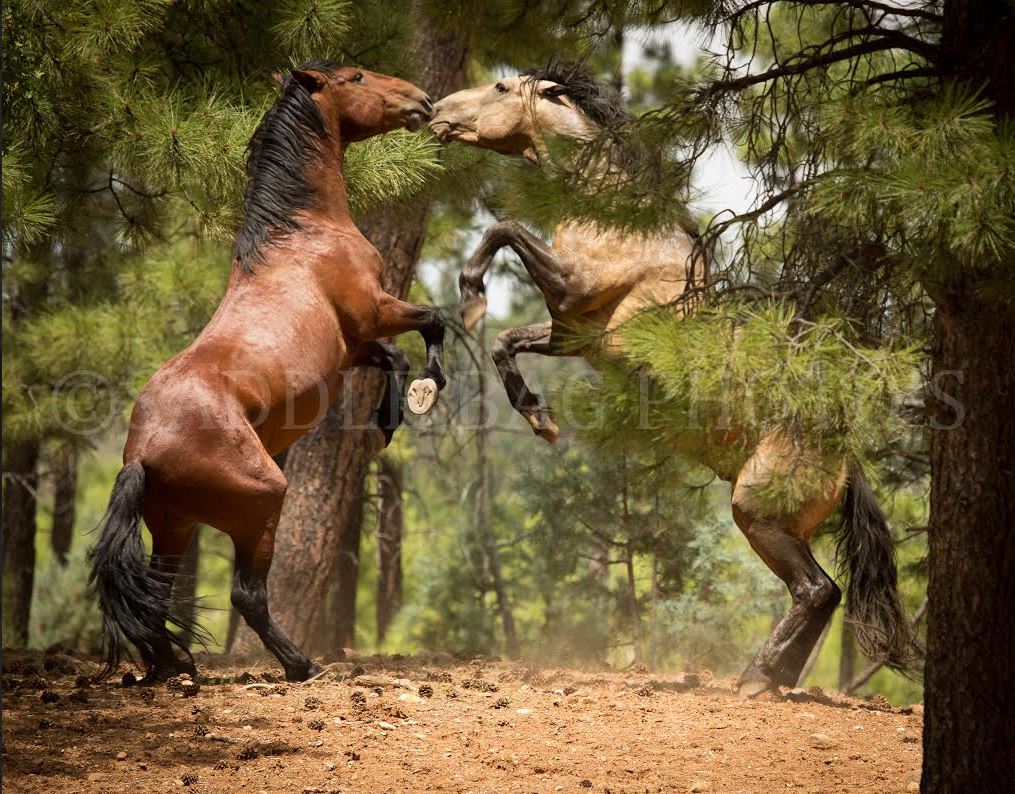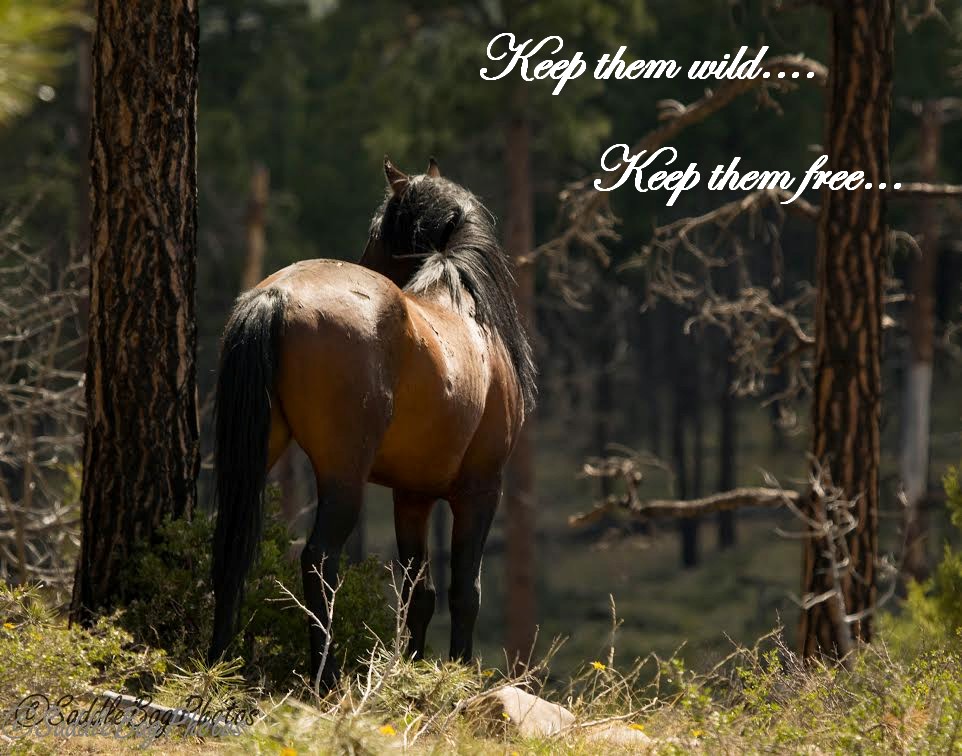Barry Imler...Forest Service Rangeland Management Specialist made it clear that the Heber wild horse herd is on the Forest Service hit list.
"Now the hybrid.
This is in Arizona in the Apache Sitgraves national forest.
Since then, we had two large fires down there that removed barriers to migration, holding the forest for horses and created all kinds of high-quality forage.
As a result of that, we have a large number of horses that have migrated, mostly from surrounding reservations, where they are having their own issues as far as too many animals.
We believe we have had some abandoned animals placed out there also.
We also have a court settlement from some prior litigation that's hindering our ability to respond to that situation.
Now, in response to the court settlement, and the ongoing resource issues out there, we're looking at moving forward with the territory management plan.
There's an environmental impact statement planned.
That NEPA analysis through an EIS is probably not going to begin until we finish getting through the forest planning process and get that finalized.
Forest land management plan governs what we can and can't do as far as the territory management plan.
The forest plan is already out on the street, it's been through the appeal -- it has been through the appeal process, in the appeal process right now.
We received appeals and we are working through the process on that.
Once we get through the process, we will have a final decision and then the forest is geared up and ready to move forward with the territory management plan.
A lot of these horses -- well, the area we are looking at is called the Heber wild horse territory.
It's sitting in the middle where a lot of these horses have shown up.
We believe -- at least the forest believes that for quite a few years before the fires, that territory was vacant.
There were no wild horses present.
So part of the analysis for the territory management plan is going to be to determine was it vacant?
Do we have animals -- or do we have animals there covered by the act?
If we do, how are we going to manage them?
You know, what do we have an AML?
How are we going to manage any potentially -- any animals potentially covered by the act?
And how will we manage all the other horses that are out there that are not covered by the act?
This one I'm sure will be controversial.
I'm sure you will hear about it.
It already came up as an appeal issue and why they do the territory plan before the forest management plan."



 RSS Feed
RSS Feed
